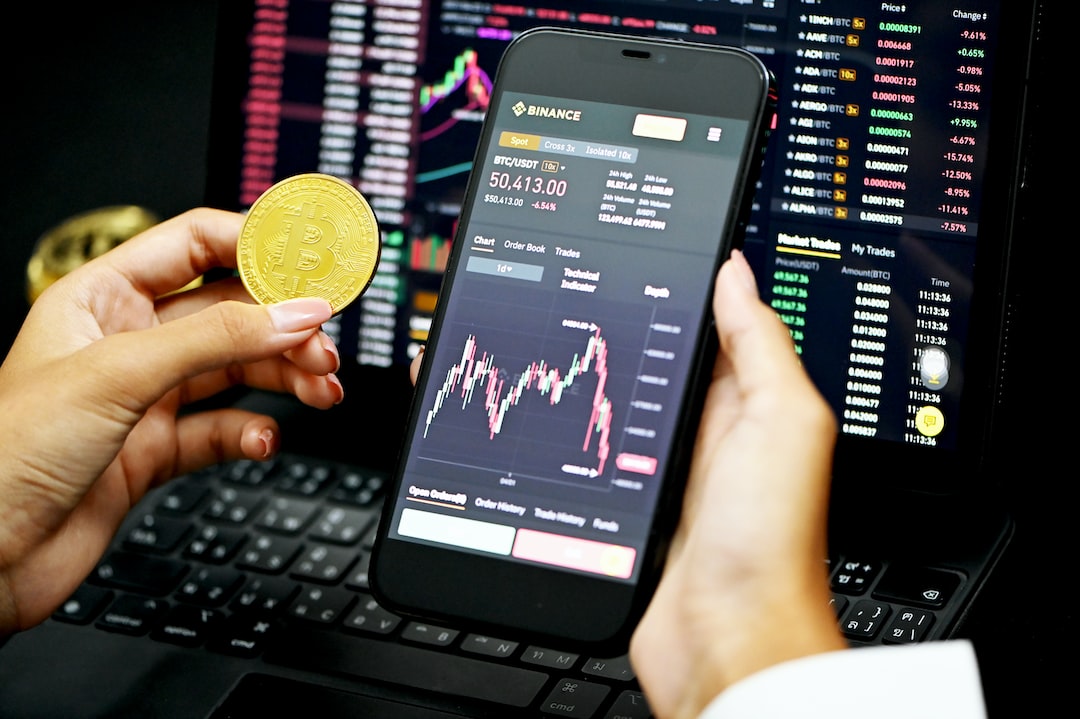The foreign exchange (Forex) market is the largest and most liquid financial market in the world, with an average daily trading volume of over $5 trillion. The market is open 24 hours a day, five days a week, and is driven by a variety of factors, including economic data, geopolitical events, and central bank policy. One of the key drivers of Forex market movements is the actions of central banks, which have a significant impact on exchange rates. In this article, we will discuss the best ways to predict what central banks will do and how they will impact the Forex market.
Central banks are responsible for setting monetary policy in their respective countries, which includes decisions on interest rates, money supply, and exchange rates. These decisions can have a significant impact on the Forex market, as they can affect the supply and demand for currencies. For example, when a central bank raises interest rates, it can make that country’s currency more attractive to investors, which can lead to an increase in demand and a rise in the exchange rate.
To predict what central banks will do and how they will impact the Forex market, traders need to closely monitor economic data, geopolitical events, and central bank communications. Here are some of the best ways to do this:
1. Economic data: Economic data releases can provide valuable insights into the health of an economy and the direction of monetary policy. Traders should pay close attention to key economic indicators such as GDP, inflation, employment, and retail sales. These indicators can give clues as to whether a central bank is likely to raise or lower interest rates in the future.
2. Geopolitical events: Geopolitical events such as elections, trade disputes, and geopolitical tensions can have a significant impact on the Forex market. Traders should stay informed about these events and monitor their potential impact on central bank policy. For example, if a trade dispute between two countries is escalating, it could lead to a central bank taking a more dovish stance to support the economy.
3. Central bank communications: Central banks communicate their policy decisions and outlook through a variety of channels, including press conferences, speeches, and policy statements. Traders should closely monitor these communications for any hints about future policy decisions. For example, if a central bank suggests that it is considering raising interest rates, it could lead to a rise in the exchange rate.
4. Technical analysis: Technical analysis involves analyzing past market data to identify patterns and trends. Traders can use technical analysis to identify key levels of support and resistance, which can help them predict future price movements. For example, if a currency pair has repeatedly bounced off a certain level of support, it could indicate that this level is likely to hold in the future.
5. Sentiment analysis: Sentiment analysis involves analyzing market sentiment to identify market trends and potential reversals. Traders can use sentiment analysis to gauge market expectations for central bank policy decisions. For example, if market sentiment is bullish on a particular currency, it could indicate that investors are expecting a central bank to take a hawkish stance.
In conclusion, predicting what central banks will do and how they will impact the Forex market requires a combination of fundamental and technical analysis. Traders should closely monitor economic data, geopolitical events, central bank communications, and market sentiment to gain insights into future market movements. By staying informed and using a variety of analysis tools, traders can increase their chances of making profitable trades in the Forex market.






